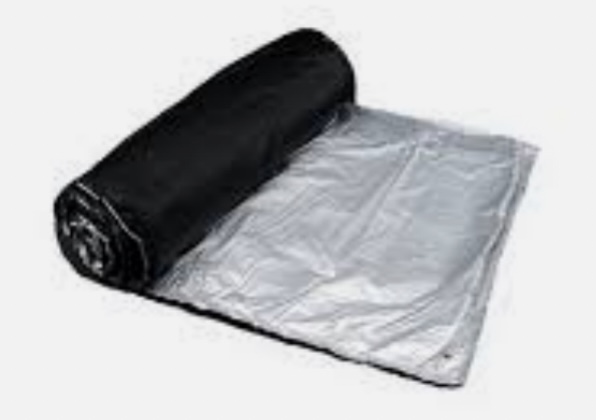Few individuals realize that the procedures taken after the initial pour affect concrete’s longevity as much as the initial batch. Cement and water react for 28 days to bond sand and gravel in concrete. Hydration requires keeping concrete moist. If the water evaporates too quickly from the surface, which is simple to happen outdoors and in direct sun, the product will strain and break. Maintain humidity and temperature for the first few days of curing. Focusing on freshly poured concrete can strengthen and reduce the likelihood of cracks. Before starting your next concrete project, check our best and worst curing processes guide.
The DO’S
- Spray water on fresh concrete.
The first week is usually spent spraying concrete with water to cure it. Five to 10 times daily. Wet curing gently releases concrete moisture. Moist-cured concrete is 50% stronger than dry-cured concrete. See “Don’t Let Concrete Get Too Cold” below for more information.
- Cover new cement.

Instead of hosing the concrete as often as needed for full moist curing, a cover that traps and inhibits evaporation can be used. Hardware and home improvement businesses sell concrete curing insulating blankets and 4mm polyethylene sheeting. Soak the concrete, lay down your sheeting, and weigh it down. During seven days, uncover and re-wet the concrete. Vertical concrete columns and walls can be wet and covered in a curing blanket or plastic sheeting.
- Pond-cure concrete slabs.
Curing concrete in a pond works, too: Temporary berms shelter a new concrete slab with a foot of water. Pond curing takes three days, whereas moist curing requires daily maintenance. If it drops, add more. Large berms take a lot of dirt; therefore, not everyone can utilize this method. Large construction organizations could utilize this concrete curing blankets method to speed up foundation slab pouring and frame construction.
- Use a curing compound to accelerate.

Curative chemicals are an easy last resort. When sprayed directly on freshly poured concrete, they contain soluble emulsions that form a protective film. Hardware stores and ready-mix concrete companies sell them. The film prevents evaporation from controlling water curing. Some curing ingredients dissolve completely, while others require washing. Quikrete Acrylic Concrete Cure & Seal forms a permanent waterproof covering that preserves the concrete’s “just-poured” appearance. To ensure a curing compound meets your needs, read the label.
- Concrete requires control joints.
Concrete is robust and crack-resistant. Curing concrete strengthens the final product; however, shrinkage due to water use in the hydration process and temperature variations will shatter many slabs. Do-it- Control joint’s direct cracks, protecting the slab’s aesthetic value. A fifth of the slab’s depth should be cut into the concrete within 24 hours of pouring. A metal jointing tool can cut control joints into concrete at the right spacing.
Multiply desired concrete thickness in inches by 2.5 to calculate the maximum joint spacing in feet. This formula lets you calculate the feet between joints for a 4-inch-deep sidewalk. If cracks concern you, move them closer. When dividing up a patio, consider perpendicular connections down and across. If your concrete patio, driveway, or sidewalk cracks, it will likely be along a precut joint and barely noticeable.
The Don’ts
- Avoid fresh concrete getting wet.
Pouring concrete requires temperatures over 50 degrees for five to seven days, but a cold front could delay the job. Instead of keeping the concrete damp, you should keep it hot enough to continue the chemical hardening process. The chemical reaction in concrete slows at 50 degrees Fahrenheit and ends at 45 degrees Fahrenheit, preventing hardening and strength. Concrete can’t be poured and used in a few days. Cover freshly poured concrete with concrete insulating blankets or normal blankets during winter. New concrete must be shielded from the cold for a few days (or longer if it’s very cold).
- Avoid painting or staining concrete for a month.
While soft, concrete’s chemical composition and leftover moisture can damage paint or stain. Hydration takes around a month. The pressure behind the paint’s hard barrier can tear or peel the paint if you start painting while the moisture rises. This may affect paint adhesion and stained concrete. Do not add paint or stain until after the 28-day curing period has passed, and then use the best practices recommended in this video from the concrete experts at Quikrete.
- Avoid weight on fresh concrete.
Concrete hardens quickly, but weight can damage it for four weeks. Do not walk on a freshly poured sidewalk or slab for 24 hours or drive on a driveway for 10 days. After that, passenger cars and pickup trucks can use the driveway.
In conclusion, following these guidelines for utilizing concrete curing blankets can increase the likelihood that your concrete will cure uniformly and at the desired strength.
